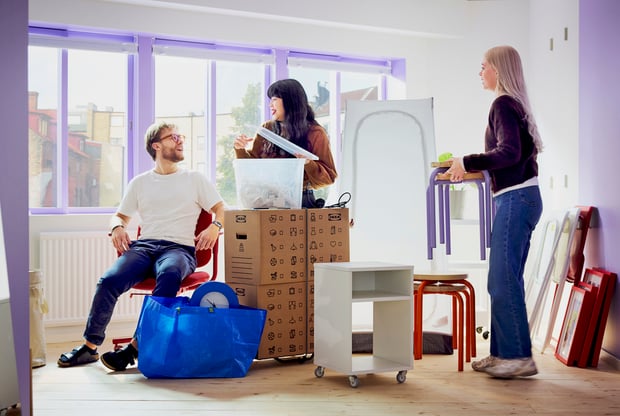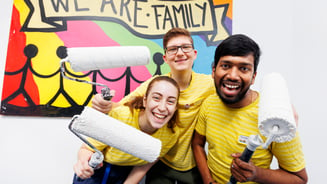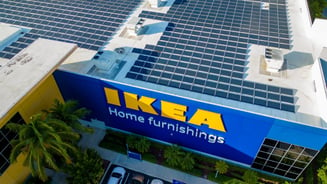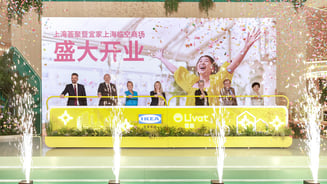Discover how IKEA is revolutionising the second-hand market with a groundbreaking platform that empowers customers not only to buy, but also to sell their used furniture – meeting people in new life moments and extending the life of products. In this engaging conversation, Malin Cleverdal, Opportunity Leader at Ingka Group shares insights on customer frictions, affordability, and what it takes to innovate within a global giant.
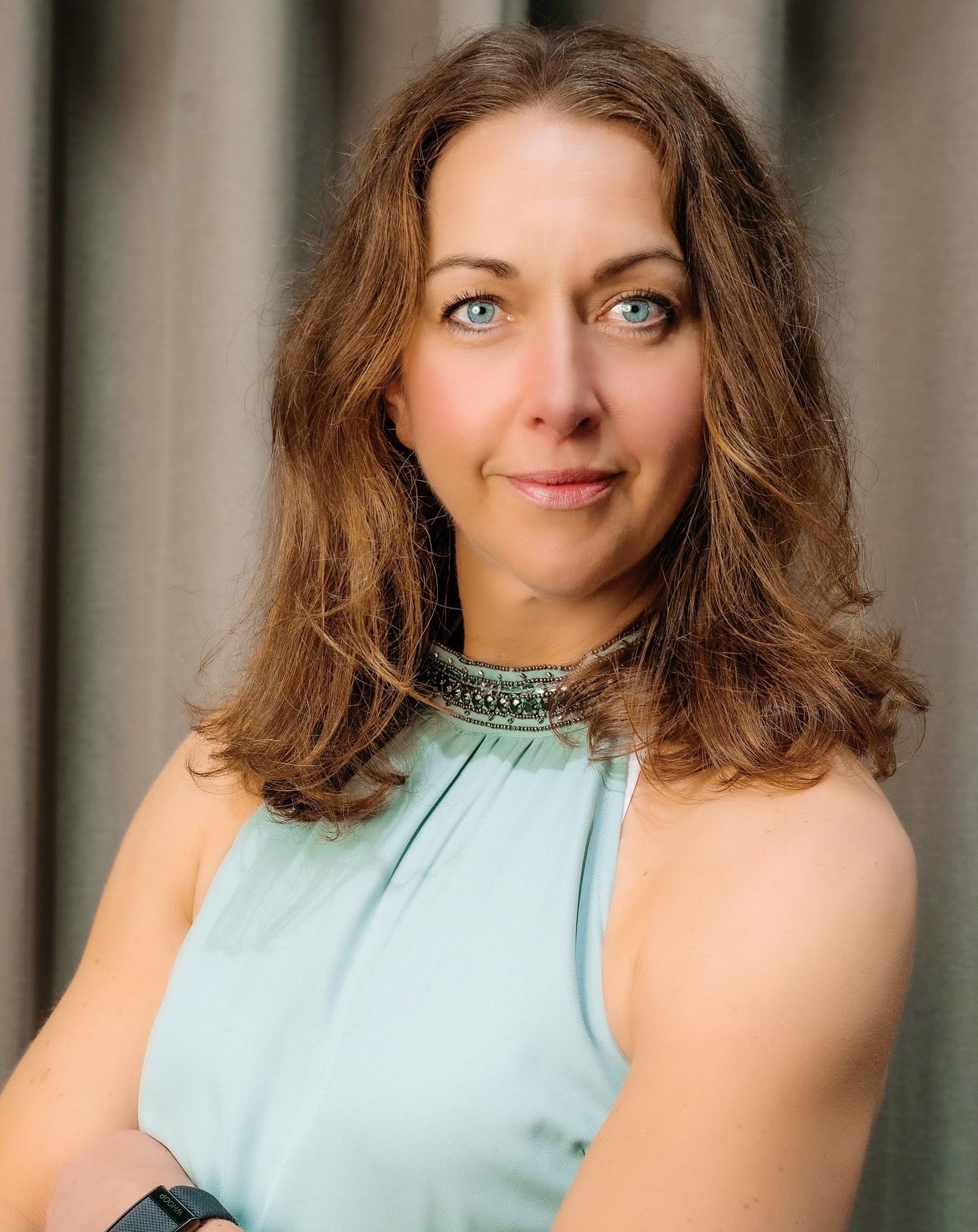
Full transcript available below:
My name’s Gabe and today we’re with Malin Cleverdal and you work with innovation at IKEA at Ingka Group. What’s innovation?
Innovation can be many things, but specifically for the things we are doing, we’re looking at how we can extend IKEA’s offer to complement with new things and how we can meet the consumers in new settings and in new ways.
And have you worked with innovation before for different companies?
Yes, throughout my whole life that has been my path. I have always been really passionate about finding out consumer frictions and what bothers you and how can I play a role from my company’s point of view to solve that for you. So innovation in big and small tasks, previously a lot in chocolate. So if you have any questions on that outside of this, I’ll share chocolate tips.
When you talk about customer friction and consumer friction, how do you determine those frictions?
You can do it in many parts. Most of it here at IKEA is also common sense. We have a really good insight on the life at home journey, but we also always look at what’s happening, what’s boiling. You look from the macro perspectives, big global flux and economic changes, and then you trickle down into what does that mean for the consumer. Then you find these tensions and frictions that perhaps aren’t working. Sometimes the consumers are not even totally aware about it, but we can play a part, and we can determine if this is an area big enough for us to play, and then we go from there.
Did you set out to work with innovation or is it something you fell into?
I don’t know. Perhaps sometimes we stumble into things that we just feel a passion for and we continue on that path. I believe this is how it was for me. And then I added on some education on that.
Do you think IKEA has a different take on innovation than other companies that you’ve worked for?
I think that IKEA has a strong entrepreneurship that drives innovation in every part of the business. That’s a key differentiator. We are a global company, and that can be super complex, but we have that entrepreneurial mindset that differentiates us.
Where do you think that comes from?
Oh, the founder, right? It’s instilled in our values. We can see it in every part we go, and it’s super cool to be part of that. It might also be that we are recruited based on that, we’re really looking for people who share that.
What do you think makes people willing to innovate and dare to try and test?
That too comes back to country and culture, right? We are allowed to test. We’re allowed to learn. We are really in this test phase where we are figuring things out as we go along in the project I am on. Of course, we stumble, we meet challenges, and we figure out the things we try are not working. We’re allowed to reset and try again. That is super important in a company: to allow that for everyone.
And you, you feel that that’s really how it is in your day to day?
Yes, I feel a true calm, there’s a trust in me as an employee that I’m here for a purpose, and there’s a trust that I will learn as we go along together with the team.
You’ve been at IKEA for two years?
Yes.
Because sometimes, you know, I was surprised when I joined the company—you meet people who’ve been here 15, 20, 25 years; it’s not uncommon. Do you still have the beginner mindset or have you gone all in now and you’re the IKEA person?
No, I am not all in on the IKEA person. That probably takes 10 to 15 years. That’s also a very impressive part about how long people stay here, it says something about the company. I’m still learning because of the role I have. I work as an Opportunity Leader: my role is to find opportunities for IKEA. So I step in and out of projects, which means I’m put in new situations quite often and have to start over with new teams and learn a lot along the way.
Opportunity Leader… we’re famous for very interesting titles. So what does that mean?
It is to find opportunities to drive and meet the consumers in new ways. In this part, I get to work with the second-hand project to find opportunities there. So that’s the base: we work on ways to increase innovation and be more relevant to consumers for the future.
And when you started working on second-hand marketplace, did you know when you took the position that’s what you’d be working with, or is that something that developed?
No, this is the fourth project I’ve stepped into since I’ve been here in two years. I worked with Ingka Centres, I worked with a project called Ingka Living that then developed into another home and moving project. It’s been quite interesting.
Alright, let’s talk about second-hand marketplace. What is about?
It’s a new business platform. At IKEA, we are really good at meeting the buyers. But in the second-hand marketplace, we’re only facilitating transactions. We let sellers come in and sell their second-hand IKEA products to buyers without us being part of it, just pure peer-to-peer interaction. It’s a new way for us to meet the consumer in the seller journey. We are so good at the buyer journey; this is our core. But to meet consumers as sellers, this is completely new for us.
So what does that mean to meet them as sellers? How do we change our mindset?
We have to look at needs from a seller’s point of view. A simple example: schools letting out. Then you have a bunch of sellers, students moving on, who need to sell their furniture quickly. That’s their need. But we usually target buyers at the start of school. So now we have a new moment to be relevant for sellers at completely different life moments.
What frictions did they have in this journey?
The friction is that it’s kind of hard to list the products. Have you ever tried to sell second-hand goods? You get asked for measurements, need to retake them, figure out a good caption, decide if you want to meet the person. These things pop up. So we can facilitate: all you have to do is take a picture of the item you want to sell, upload it, and we pre-fill everything for you.
Do they still get to meet the buyer?
You can choose if you want to do that. Some sellers love meeting buyers and having that interaction. There’s a community aspect we can leverage: peer-to-peer sellers meet buyers who have IKEA furniture in common.
What does this mean for the business? How do we go about doing this?
We’re in three markets today, with plans to expand. We get really positive reviews. User scores are steady at 4.4 out of 5. We are just moving from pilot to running business. We’re confident we’re meeting consumers where they have a need.
What have you learned in the year since launch?
At IKEA, we’re used to full control of inventory. But in the marketplace, inventory sits with the seller. So we must curate and attract the right inventory relevant for buyers. A key learning was having inventory at launch, we solved that by pre-launching to our coworkers so they can list products first. Then external consumers enter a site already populated with inventory.
Do second-hand sales compete with new sales?
No, they complement each other. Products remain relevant for longer, like the Billy bookcase getting to see many birthdays instead of one. 10% of all second-hand furniture sold is already IKEA’s. This helps us simplify the journey for our consumers.
What do you think the challenges will be going forward?
Remaining relevant and ensuring a good user experience. We’re not first movers; there are always marketplaces in each market. We need a trusted site, great experience, and to tap into true IKEA values. Scaling up from pilot to running business while integrating with IKEA’s ecosystem will be a continued challenge.
It’s more than resale. It’s also about circularity and community. Can you expand on that?
Yes, it’s peer-to-peer transactions but also about coming together around furniture. Like the BILLY bookcase being part of many life moments with different families. There’s beauty in that shared journey.
How do we ensure products are in good condition?
Sellers rate condition when they list as good as new, used, etc. We only sell products in the IKEA catalog. We have systems preventing recalled products from being listed.
Do we see trends in what people buy and sell?
Yes, we track categories like we do in-store. For example, as spring hit in Norway, outdoor furniture sold quickly. Living room, bedroom, children’s furniture, and sometimes workspace furniture are big sellers.
I’ve heard you do CrossFit. Is that true?
That is correct. These days I do CrossFit seriously. I used to be an elite-level swimmer, competing in the US for university. I love to move and have a drive to improve.
What’s the hardest CrossFit exercise for you?
Being tall, any exercise requiring a lot of vertical movement like burpees. It akes forever for me.
Doesn’t everyone hate burpees?
I’ve met some people who love them. They’re fast and explosive. But yes, they’re brutal.
How do you focus on work-life balance in a fast-paced, innovative environment?
They go together. The same drive I have in CrossFit, breaking big goals into shorter, achievable ones, helps at work. Looking at the big 2030 goal feels huge, but if we break it into six-month milestones, it’s much more manageable.
For anyone who wants to get into innovation or this type of work, what advice would you give?
Read a lot, check trends, and think about what is missing. Try to find the gaps, because that’s where opportunities lie.
Thank you so much for joining us.
Thank you for having me. It’s been really interesting.
Media enquiries
For further information, journalists and media professionals can contact us at [email protected] or by calling +46 70 993 6376.

